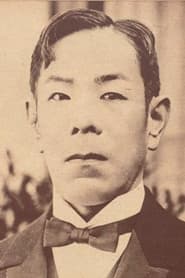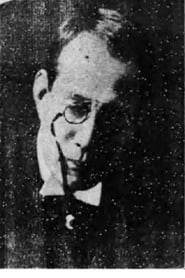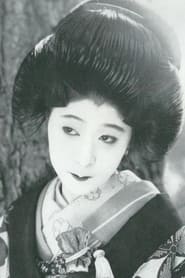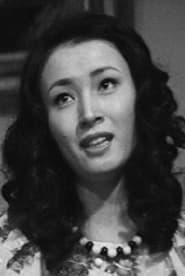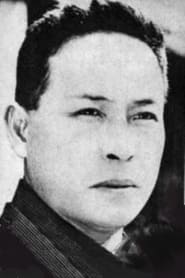
Zōho kaitei Chūshingura(1927)
The legendary tale of the forty-seven samurai and their mission to avenge the death of their master.

Movie: Zōho kaitei Chūshingura
Top 10 Billed Cast
Taketsune 'Yasubei' Horibe
Daigaku Asano
Masatane 'Kazuemon' Fuwa
Takafusa 'Gengoemon' Kataoka
'Takuminokami' Aasno
Similar Movies
 7.5
7.5Lady Snowblood(ja)
Yuki's family is nearly wiped out before she is born due to the machinations of a band of criminals. These criminals kidnap and brutalize her mother but leave her alive. Later her mother ends up in prison with only revenge to keep her alive. She creates an instrument for this revenge by purposefully getting pregnant. Yuki never knows the love of a family but only killing and revenge.
 8.0
8.0Nobody Knows(ja)
In a small Tokyo apartment, twelve-year-old Akira must care for his younger siblings after their mother leaves them and shows no sign of returning.
 6.6
6.6The Great War of Archimedes(ja)
It is the early 1930s and the command of the Japanese Imperial Navy determines to construct the world's biggest and most formidable battleship, Yamato. One of the admirals, Yamamoto Isoroku, disagrees. He recruits the upstart and mathematics' expert Tadashi Kai who discovers there are discrepancies between the official cost estimates and the actual figures. They soon find out that they have stumbled upon a conspiracy.
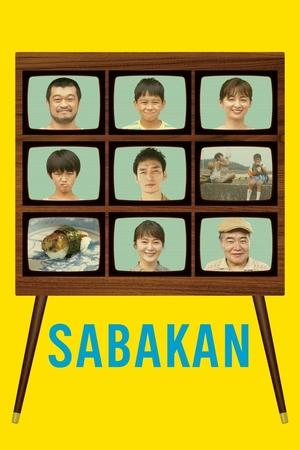 7.7
7.7Sabakan(ja)
Nagasaki in 1986. Hisada, who lives with her affectionate parents and her younger brother, although there are many quarrels between couples, is a fifth grader who loves Yuki Saito and Exogini. Hisada decides to go to Boomerang Island to "see the dolphins" with Takemoto, whose house is poor and avoided by his classmates. Drowning in the sea, getting entangled in the Yankees, and having a lot of trouble, but as the friendship between the two deepens as a result of this adventure, a sad incident that presages farewell occurs.
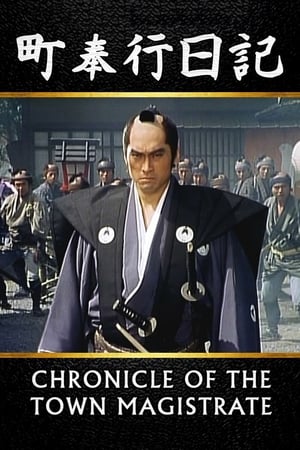 0.0
0.0Chronicle of the Town Magistrate(ja)
In a maelstrom of evil, can a new magistrate, samurai Mochizuki Koheita, with a reputation like an alley cat, bring order to the town of Horisoto, or is he, too a corrupt villain looking to gain wealth from the oppressed people? From the pen of famed samurai author Yamamoto Shugoro, this exciting tale turns the tables on the standard samurai story with a unique lead character previously portrayed in Ichikawa Kon’s “Dora Heita.”
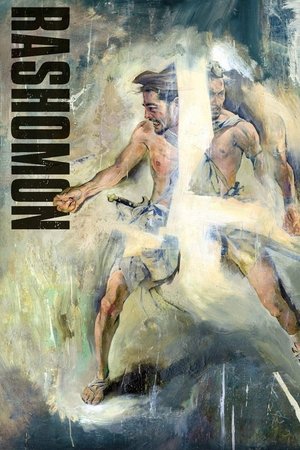 8.1
8.1Rashomon(ja)
Brimming with action while incisively examining the nature of truth, "Rashomon" is perhaps the finest film ever to investigate the philosophy of justice. Through an ingenious use of camera and flashbacks, Kurosawa reveals the complexities of human nature as four people recount different versions of the story of a man's murder and the rape of his wife.
 8.5
8.5Seven Samurai(ja)
A samurai answers a village's request for protection after he falls on hard times. The town needs protection from bandits, so the samurai gathers six others to help him teach the people how to defend themselves, and the villagers provide the soldiers with food.
 7.6
7.6The Last Samurai(en)
Nathan Algren is an American hired to instruct the Japanese army in the ways of modern warfare, which finds him learning to respect the samurai and the honorable principles that rule them. Pressed to destroy the samurai's way of life in the name of modernization and open trade, Algren decides to become an ultimate warrior himself and to fight for their right to exist.
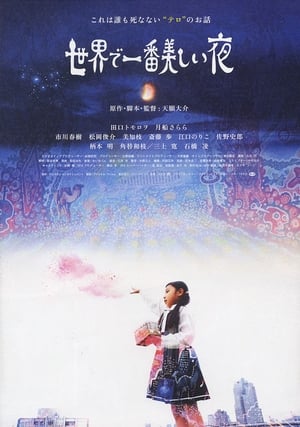 6.1
6.1The Most Beautiful Night In The World(ja)
Betrayed and disgraced, big-city reporter Kazuya Mizuno is banished to a desk at Kaname's boring little town newspaper. But Kaname isn't as boring as it seems on the surface. Not with characters around like Shimeko, a girl genius with a childlike lack of propriety, and her ace fisherman/folk-singer dad. Or the overbearing and unpleasant local Shinto priest, a former Christian cultist. Or Endo, Kazuya's new colleague, a bitter drunk after his son's suicide. Or Kin, a former terrorist, now a hermit on his boat engaging in secret "research." Or perhaps most importantly Teruko, the hypnotically beautiful bar owner, the focus of all manner of innuendo and intrigue. Something mysterious, even mystical, is going on Kaname, and hapless Kazuya is about to be thrown into the middle of it.
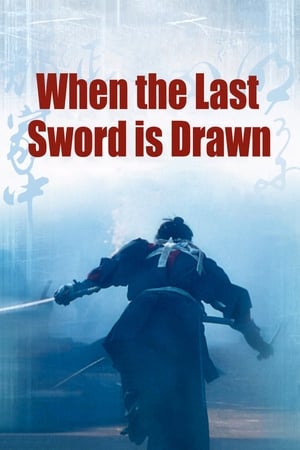 7.6
7.6When the Last Sword Is Drawn(ja)
Kanichiro Yoshimura is a Samurai and Family man who can no longer support his wife and children on the the low pay he receives from his small town clan, he is forced by the love for his family to leave for the city in search of higher pay to support them.
 6.5
6.5Suicide Club(ja)
When 54 high school girls throw themselves in front of a subway train it appears to be only the beginning of a string of suicides around the country. Detective Kuroda tries to find the answer to this mystery, which isn't as simple as he had hoped.
 8.4
8.4Harakiri(ja)
Down-on-his-luck veteran Tsugumo Hanshirō enters the courtyard of the prosperous House of Iyi. Unemployed, and with no family, he hopes to find a place to commit seppuku—and a worthy second to deliver the coup de grâce in his suicide ritual. The senior counselor for the Iyi clan questions the ronin’s resolve and integrity, suspecting Hanshirō of seeking charity rather than an honorable end. What follows is a pair of interlocking stories which lay bare the difference between honor and respect, and promises to examine the legendary foundations of the Samurai code.
 6.8
6.8Miss Hokusai(ja)
A daughter is constantly overshadowed by her famous father, but she is determined to make her own mark in the world.
 4.7
4.7Beautiful Mystery(ja)
Shinohara, a young bodybuilder, joins a para-military sect in northern Japan. His instructor, Takizawa, takes a liking to the new recruit. After an early “special” training session the two develop a lasting and loving relationship.
 7.6
7.6The Man from Earth(en)
A departing professor gathers his closest colleagues for an intimate farewell, but the night takes an unexpected turn when he shares a stunning secret about his past. As the conversation unfolds, skepticism and curiosity collide, challenging everything they thought they knew about history, science, and belief.
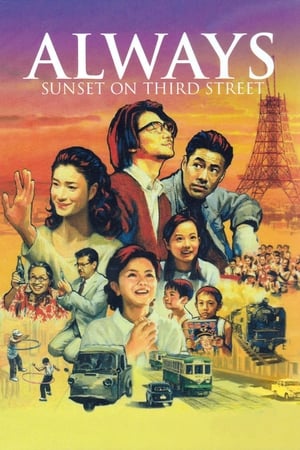 7.6
7.6Always - Sunset on Third Street(ja)
Teenage Mutsuko comes to Tokyo for work but ends up at a repair shop. She befriends the owner's family. Neighbors Hiromi, writer Chagawa with admirer Junnosuke strive alongside them in postwar Tokyo's evolution.
 6.5
6.5Bury My Heart at Wounded Knee(en)
Beginning just after the bloody Sioux victory over General Custer at Little Big Horn, the story is told through two unique perspectives: Charles Eastman, a young, white-educated Sioux doctor held up as living proof of the alleged success of assimilation, and Sitting Bull the proud Lakota chief whose tribe won the American Indians’ last major victory at Little Big Horn.

